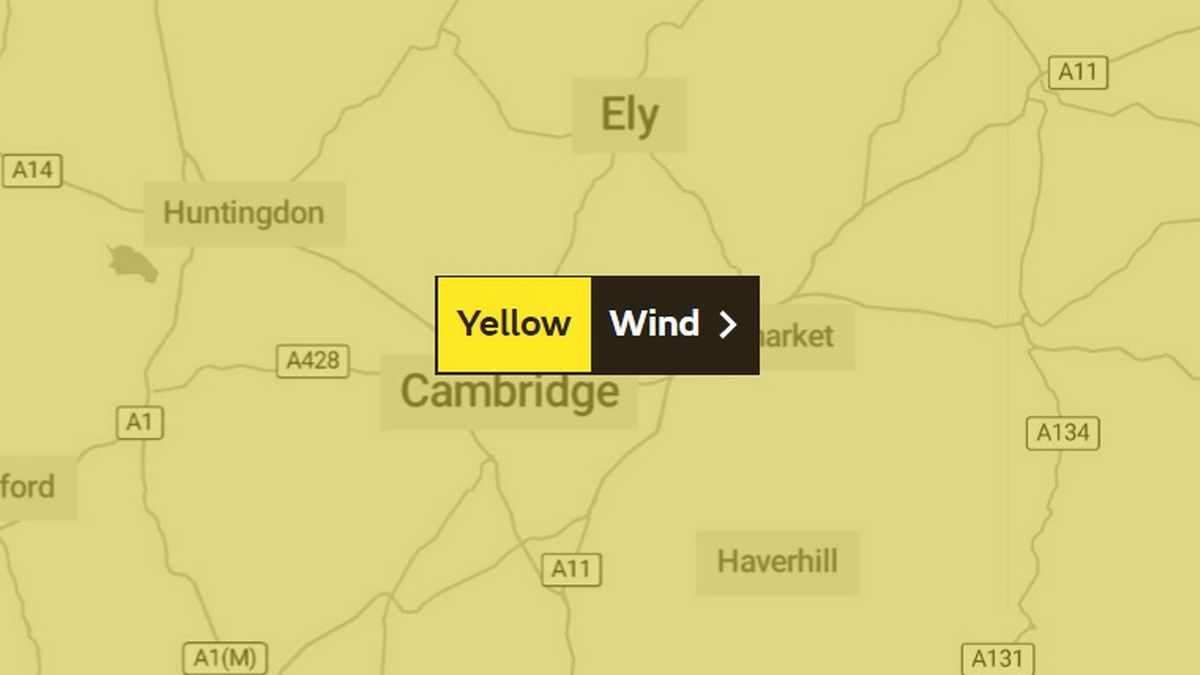
The Parish Council has been working with Histon and Impington Community Orchard, Histon and Impington Trees Action Group and Histon and Impington Green Spaces on Natural England’s Nature Recovery Project.
Various mini projects are in the process of being undertaken to improve biodiversity at selected sites. This includes installing bird & bat boxes; creation of small structures to provide habitat for hedgehogs, lizards, insects etc. and the sowing of wildflowers. The project also included the improvement of the hedgerows for wildlife at the Community Orchard with traditional hedgelaying.
Initial ground preparation works have been undertaken for wildflower seed planting at Manor Field, on a verge next to the B1049, Clay Close Lane Verge, and Doctor’s Close Pocket Park as part of the project. Full details will become available later in the year as the project continues. Volunteers will be needed to help with completion of the ground preparation and sowing the seed. The enviro.volunteers have already assisted with installation of the owl and small bird boxes and will continue to offer their support with the wildflowers.
The Parish Council are delighted to be taking part in the Cambridge Nature Network – Nature Recovery Project and are grateful for the funding provided by Natural England and the support from Cambridge Past, Present and Future
 .
.



The manorial waste it would make a nice site for some wild flowers, soli could do with a little improvement.
The Environment Committee have included more no mow and wildflower areas across the villages. All areas will be assessed for suitability, however due to the shade and high usage it might not be possible to do much. However just before the redevelopment works started the committee had highlighted the need to improve this area and have included some funds in their budget for this year, so hopefully plans for some improvements will start soon.
Nice idea. Impoverished soil is good for wildflowers. It keeps the grass down.
This is a comment on Histon Wood which I hope if I placed here will reach the person/s responsible for the management of Histon Wood.
Today I walked the length of HW on the busway side and counted over 100 Quercus ilex, aka Holm oak or Evergreen oak. Many of these trees are seedlings of around 30cm up to 1m high, but there are a few 2m and even 3m small trees. It would be fairly easy to remove them at the moment whilst still small and doing so could be ‘a stich in time’.
Quercus ilex is a large evergreen broadleaf non-native tree. Given 20 years these seedlings could come to dominate HW completely changing its character. Ultimately Quercus lex will make 20mx20m. There is a mature tree on the verge outside the Firs House GP practice.
Quercus ilex is classified as an invasive tree. It has very dense evergreen foliage considered of little wildlife value. Mature trees cover the ground effectively allowing no ground flora. The tree is of Mediterranean origin and is grown here as an ornamental. Although a dull green it is valued as an evergreen broadleaf. Traditionally it is considered that it is unable to survive the coldest of the British winters and that has limited it’s distribution, but in our warming climate it now seems to be on the increase. Jays like the acorns and that may explain how these seedlings arrived in HW.
I’m happy to make myself available to identify these trees if required.
David Dives 6/4/22
I’ve come to this web page as I’m interested to know what is happening on the meadow outside the community orchard. Is this what you call “Manor Park” in the above post? I live in Somerset Road and often pass by the Orchard and Meadow. THe hedge laying around the orchard I think has been very well done and is an investment for the wildlife. But what is going on in the meadow? There are some triangular plots scarified and look as if seed is to be planted. My reaction to this is to ask what is wrong with this meadow such that it needs enhancing with some gardening?
We came to live in Histon Autumn 2019. As I found my way around I came across the meadow, which in my botanical records I have dubbed “Histon Meadow” and the sight of Crepis Bienis covering the whole meadow was a wonder to behold – a truly glorious sight to lift my spirits during lockdown. Especially having moved from Essex where this plant is known from only one location! Sadly the Crepis bienis did not flower in 2021 as the mowers came to cut the meadow down a couple of weeks before it would have flowered. The cutting times of this meadow seem to be at randm and at odds with a desire to cultivate an attractive wild meadow.
I have kept an eye on the meadow, and have listed 70 species found there, and expect to find more. It seems to me to be an interesting place that is developing a good flora, and would benefit with a proper regime of maintenance. Why polute it with introduced seed of unknown provenace? There are plently of places around the village that could do with “improving” but in this place nature is doing quite well by itself, and I think should be allowed to continue.
As a detailed point, summer 2021 I did notice the double form of Ranunculus acris growing in the NW area of the meadow where the new plots are and I do hope they have not been disturbed.
If sowing “wild flowers” is indeed planned I’d appreaciate knowing what advice has been sought on this and where will be the seed sourced?
David Dives
31/3/22
All of the biodiversity projects mentioned in this post (including sites for Wildflower areas) were proposed by representatives from HIGS, HICOP, HITrees and HIPC after considering ongoing and recent projects (eg.tree planting by the A14) as well as new opportunities highlighted by the Neighborhood Plan.
The proposals were assessed and site visits made by CPPF before approval from Natural England.
As you highlight mowing in Manor Field has been erratic, but hopefully with these new areas it will be optimised. As to your concerns regarding the seed, these have been sourced from a reputable grower from this region
It’s excellent news to hear that we have such a knowledgeable local resident. It would be great if you would consider assisting with the development and management of these and other local biodiversity initiaves.
Thank you for the reply to my post.
I’m left feeling unhappy that this project is going ahead as I still believe cultivating “wild flowers” in this nice natural feeling place is inappropriate. I think the choice of names for this place reveals a lot. “Manor PARK” would indicate this place is regarded as a town park and I gets to be treated like one, and I suppose it has been assumed this is just a spread of amenity grassland, just like most roadside verges, and recreation grounds, which are usually quite devoid of wildlife where the cultivation of flowers would not seem out of place, and of some value for wildlife for example as a nectar and food source. I wonder if this is the brief that CPPF and NE were given – a list of “rubbish places” that could do with more prettying up in the name of biodiversity? I do feel that you have been let down by your advisors and I have to ask whether their advice was informed by a site visit, and informed by study of the botanical records for this site?
As mentioned, my name in the records I’ve submitted to the national database is “Histon MEADOW”. This has the connotations of being a natural and wild place. I’m unaware of the origin of this park/meadow, but as of now it’s doing pretty well – there is a diverse collection of plants and it has some uncommon features. It’s a promising area where I fully expect more to come, especially if the mowing regime gets sorted out. Why not give nature a chance? I looked closely at the scarified areas yesterday. I was surprised at the large area taken up, and the severity of the scarifying, but it doesn’t appear the seed has been sown as yet? If the project stops at this point the original flora will return and perhaps be invigorated and the Parish would be saved some money. The spare seed could be redirected to other receptor sites with poor biodiversity for example the newly grassed verges opposite Park School, and the “Camel verge” on the A14/B1049 junction.
“Planting Wild Flowers” is of course an oxymoron. The seed used will have been cultivated for profit and often is not typical of the area and sometimes not of the British Isles. It has been carefully placed in prepared ground by well-meaning volunteers, and perhaps fed and watered by same. Very often such sowing produces a gaudy display which is unlike anything that occurs naturally. There is nothing WILD about this. Gardening may be appropriate for a PARK but it isn’t for a MEADOW.
You haven’t disclosed details of the seed source nor mix proposed and I’m very interested to see it. Your seed supplier may be a trusted dealer, but they cannot be expected to produce a mix specifically aimed at this particular park/meadow which has some characteristics of the S. Cambs. flora as well as some differences. Many seed producers include non-native species in the mix, and the agricultural nitrogen fixing Red Clover is frequently used, and I have already found this in a number of places around Histon. Seed producers like this plant as it grows quickly and is more floriferous than the native species, but looks pretty much the same, so this makes life easier for the producer and pleases the customer. But nature loses out. (The native plant is question is Trifolium pratense var pratense, whilst the agricultural plant is Trifolium pretense vat sativum).
I have some suggestions for you:
– Contact CPPF and NE again and show them this recent correspondence, and my species list for the meadow (or they can extract from the BSBI database for themselves) and ask if their advice is the remains the same;
– Contact your seed supplier for the details of species and provenance and ask for a written guarantee that no non-native species have been included:
– Sort out the mowing regime of the park/meadow. The current erratic timing as well as non-collection of cuttings is doing no benefit to the current meadow, and will soon negatively affect any planted seed.
David Dives 6/4/22
Mowing Madness continues on Histon Meadow/Manor Park:
In my previous posts here I asked some questions, made suggestions and observations, and asked whether this is a Meadow or a Park. The silence has been deafening! It would appear the Parish Council are not interested in my views. The very least I had hoped for was an explanation of the management plan, but I have nothing! I think the answer to my Park/Meadow question came last week in the form of the mowers which arrived to cut the meadow, leaving the arisings to rot. Once again there will be no spring flowering of Crepis biennis and the other flowers that have been recorded here. Not even so much as ‘no mow May’. This untimely mowing will ensure that Histon Meadow’s bid to become a biodiverse site is to be suppressed and it’s destiny is to become ‘amenity grassland’. The destruction of biodiversity is lamentable and the mitigation of a small garden in one corner of ‘unwild’ plants is inadequate.
It’s pointless to repeat myself in this channel, but I do have one last question which really must be answered. Who is responsible? This at least you should be able to answer with ease. There is a conversation to be had …….
David Dives, 24/5/22